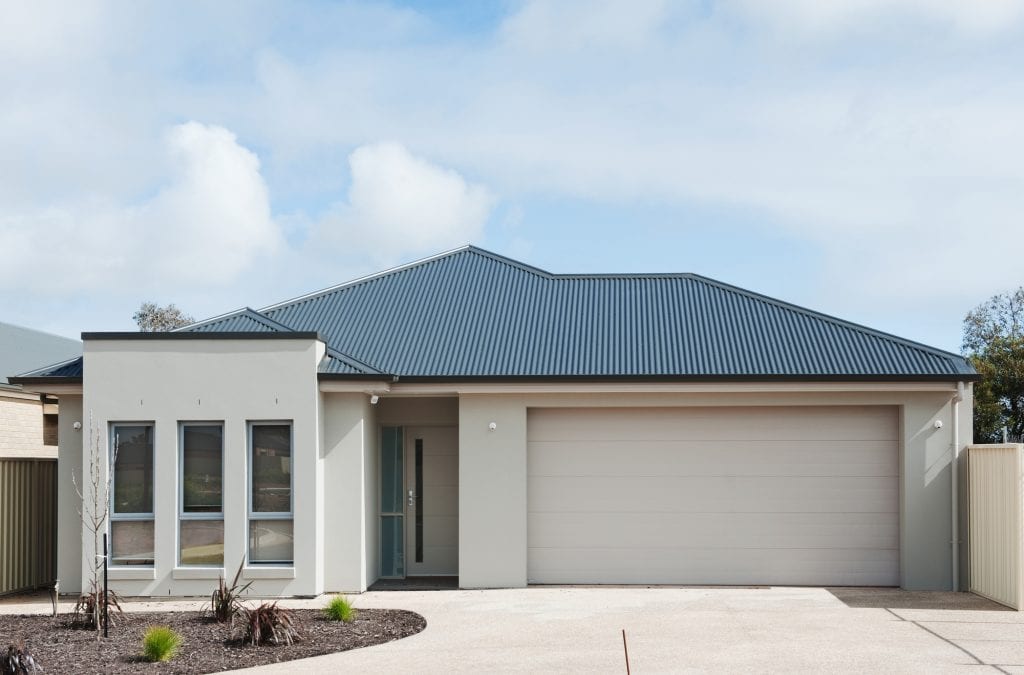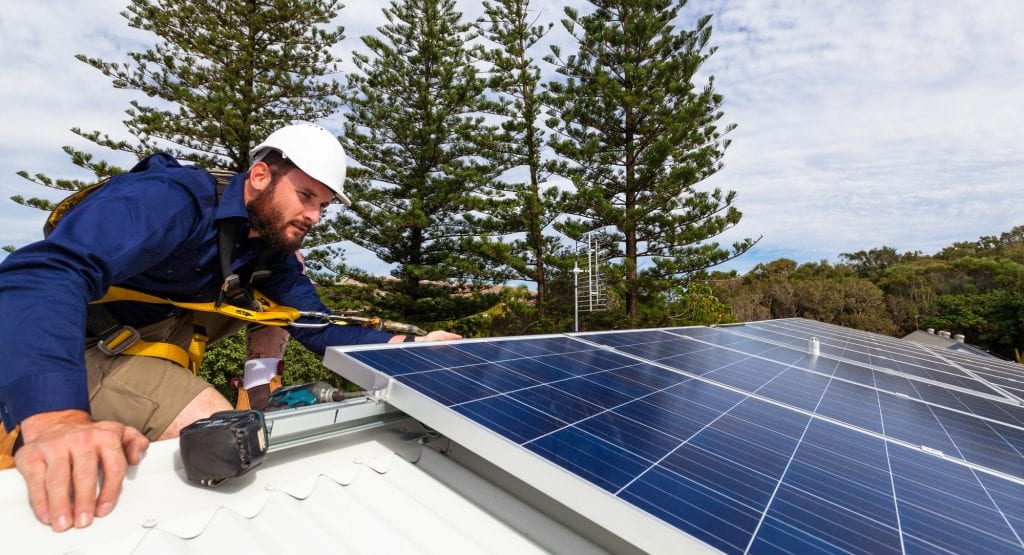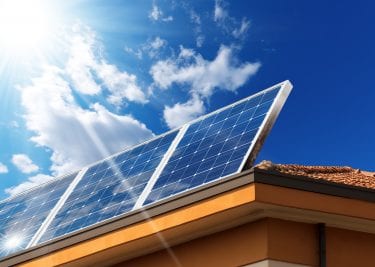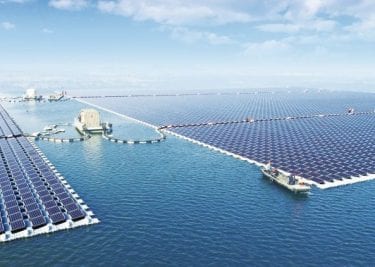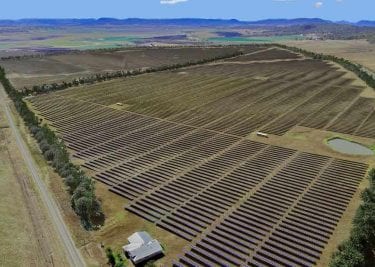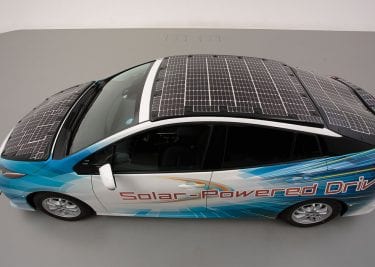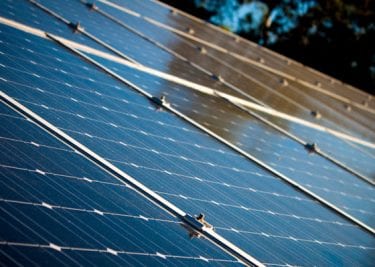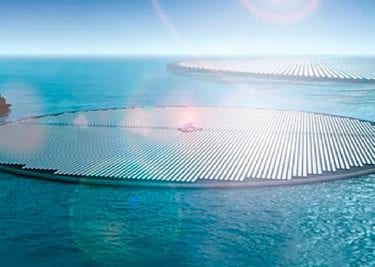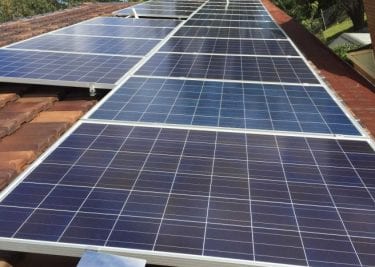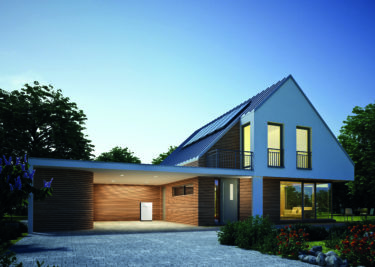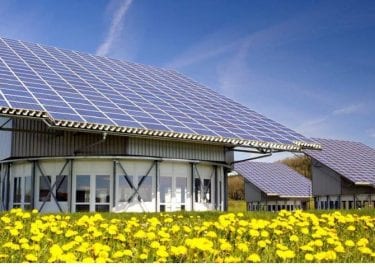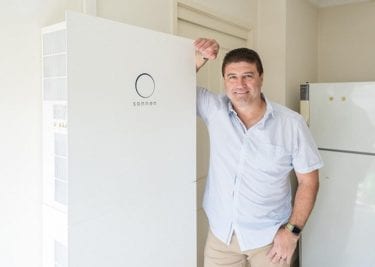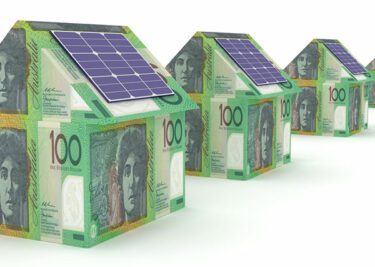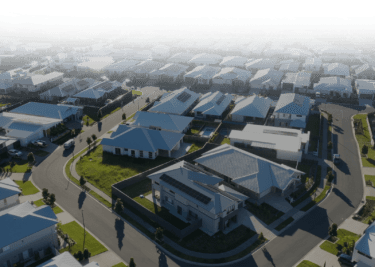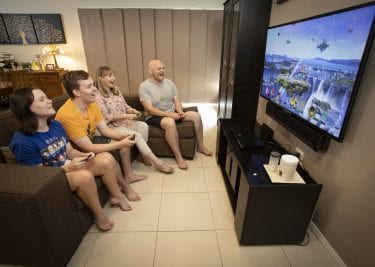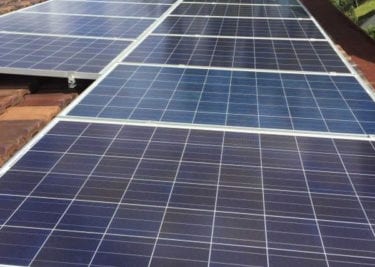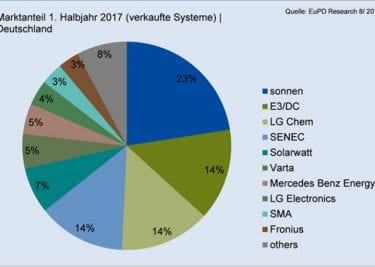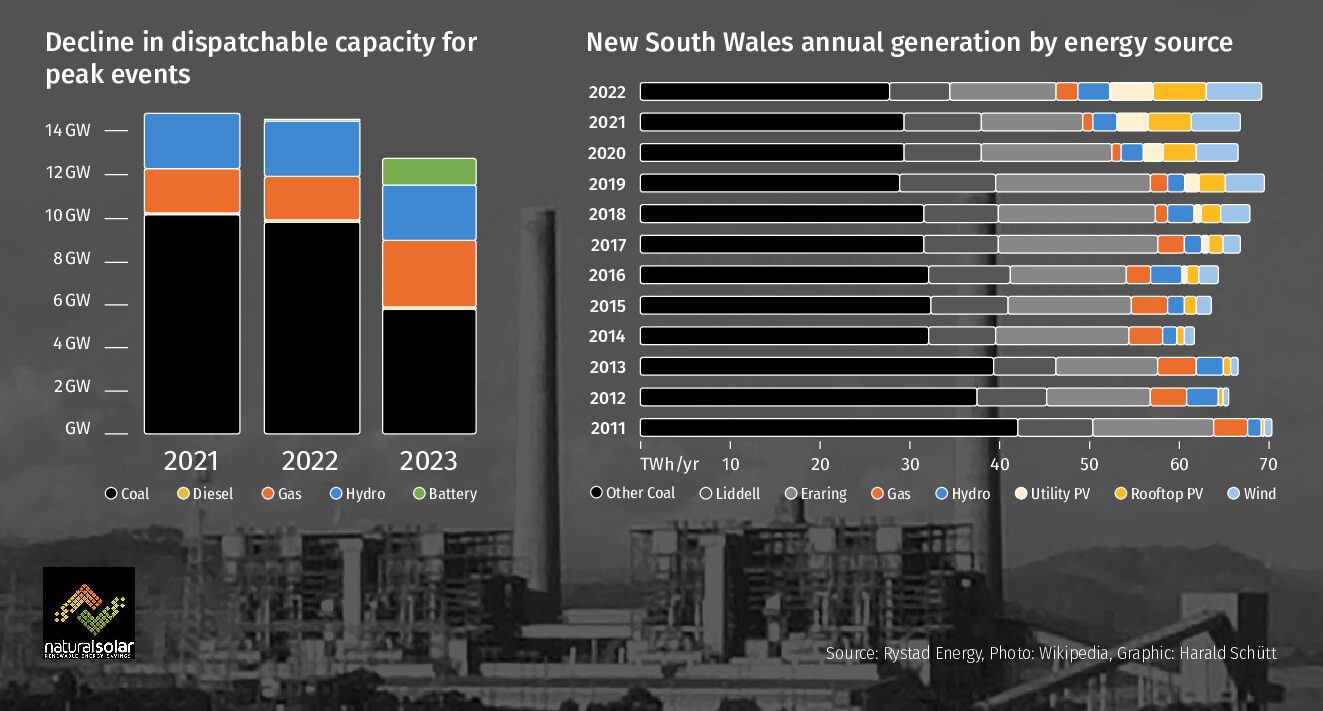How much will it cost you to put in solar panels?
Our experience suggests that the cost for an average, four-person Australian home is somewhere between $4,500-$9,000, after the Federal Government financial incentive scheme.
Find out more about how to calculate this figure for YOUR home in the article below.
OK, great – you’ve realised that going solar is far better for both you and the planet. You know that the clean, 100% renewable energy it generates is more environmentally friendly.
More than that, you know that once it’s up and running, a solar power system will probably save you money by significantly reducing your power bill. It might even earn you credits from your power company, letting you keep more of your hard-earned cash
But let’s get down to brass tacks, shall we?
How much do you need to pay up front to take advantage of a solar power system? And how quickly will you see a return on that investment?
The answer depends on your personal situation
Every year, solar power grows more affordable, thanks to lower processing and manufacturing costs. Improvements in how system components convert solar energy into electricity also make them cheaper to buy.
In fact, Australia has the highest rate of solar installations in the world. This is partly because of our long hours of bright sunshine throughout the year, but also due to the Federal Government financial incentive schemes relating to solar panels and batteries (more on this below). Plus, we Australians love our environment, and we’re willing to do what we can to protect it.
But everyone’s situation is different, so your exact cost will depend on your answers to a few important questions. Let’s go through those questions now, so you can get an idea of how much solar power will cost for YOUR home, and how much it can save you!
Is your house suitable for solar panels?
To put it simply, if you have a roof, your house is suitable. Some of the misconceptions from the past such as ‘if your roof doesn’t face north or is shaded, it’s not suitable for solar panels’ are completely false. Sure, some roof conditions are better than others, but the technology these days means any less than desirable issues, such as shading, can be overcome.
Ultimately, any roof can have solar panels installed as long as it’s in good condition.
What’s the right solar power system size for your house?
To calculate this, have a quick look through your power bills from the past year to check your usage. They’ll show you how much electricity you used, on average, each day in units of kiloWatt hours (kWh). If you’re curious, you can also use this handy tool to understand and compare your home energy usage to other households in your local zone.
If you’re like most households, your usage will vary by season, your heating and cooling needs and whether or not you have a pool. For example, if you’re a family of four, living in a typical suburban house with one reverse cycle air conditioning unit and no pool, you’ll probably use around 28kWh per day in autumn and winter. In spring and summer, however, that might only be 20kWh per day.
In this case, your average use across the year would be 24kWh/day. This means you’ll need a solar power system that can generate this much electricity on average every day.
Understanding solar power system sizes
The size of a solar power system is based on the cumulative number of kilowatts (kW) of electricity that its solar panels can generate at any one time. The most common sizes are:
- 3kW
- 5kW
- 6kW
- 10kW
But, in reality, you can have whatever size system you need from 2.5kW.
Thanks to all our lovely sunlight, Australian solar power systems often capture and convert up to four times their size in kWh on a typical day. For example, a 3kW system will generate 12kWh; and a 6kW system will generate 24kWh.
So if you’re like that family of four from above, you have two possible options for the ‘right’ system size:
- You could choose a 5kW system: this will generate 20kWh/day and cover almost all of your average daily electricity needs. On days where you use anything more than this, you could ‘top up’ your usage from the power your electricity company supplies from the main grid.
- You could choose a 6kW system with a home solar battery: this will generate 24kWh/day, which is more than you’d need on some days, but on others, you’d need to top it up. Adding a solar battery to your system means you could store any excess electricity to use later on, saving it for those days where you need more than the average.
Another very rough guide is to look at your average quarterly power bill. For every extra $100 you spend over three months, you’ll need an average of 1kW more in your solar power system. For the family above, their bills may average around $550-$600/quarter, meaning they’d come out at the calculations above for either a 5kW or 6kW solar power system.
These calculations give you an approximate idea of the size of the solar power system you might need. But the best thing to do, before you commit to any specific system, is to talk to a qualified solar installer like us. Just pop your details in the form below and we’ll be in touch within a few hours (Mon-Fri).
We’ll guide you through the calculation process, and help you get the best outcome for your home.
How many solar panels do we need?
The number of panels you need will always depend on the size of your solar power system. For example, let’s again say that you’re like that family of four above:
- If you choose the 5kWh system, you’ll probably need 17 x 300watt panels
- If you choose the 6kWh system, you’ll probably need 20 x 300watt panels
However, you need to think about more than the number of panels. You also need to think about their quality. You can find solar panels to suit any budget. Premium panels tend to run at the pricier-end, of course, but if you’re budget-conscious, you can still find panels to suit your needs as well.
That said, never buy unmarked panels. You have no idea of their quality, and they may only last you for 3-5 years. Think of it as the difference between a knock-off watch and a Rolex. Both will tell you the time, but the Rolex’s superior quality will provide many more years of guaranteed performance.
Once again, the best thing to do is talk to a qualified solar installer.
Can we get any kind of rebate (and if so, how)?
The Federal solar financial incentive scheme (also known as the Small-scale Renewable Energy Scheme) is worth about $600 per kW of solar panels you install. You can use this handy tool to get a rough idea of the subsidy level you could receive right now.
To claim the Federal Small-scale Renewable Energy Scheme financial incentive, you must:
- Use panels and inverters that are cleared by CEC Australia (like ours)
- Have a system installed that’s under 100kW in size
- Use a CEC accredited professional to design and install your system (like us).
IMPORTANT: This scheme is slowly reducing by 10% of today’s value each January until it goes to $0 in 2031. So… buy now for the best financial benefits.
So what’s the bottom line? How much will a complete system cost?
Main solar power system
Once you take the average financial incentives into account, our experience is that a high-quality full solar power system that includes everything except the battery – ie. panels, premium inverter, racking and installation – costs approximately:
- 3kW system: $3,500-$5,000
- 5kW system: $4,500-$8,000
- 6kW system: $5,000-$9,000
- 10kW system: $8,000-$13,000
Battery prices
Because a battery is optional, we’ve priced it separately. With a starting price of $10,980, a battery may create your biggest initial outlay, but it will also provide your biggest return on investment (ROI).
A good battery comes with a 10-year warranty, and around a 20-year lifespan. And because it can store any extra electricity you generate, it may completely free you from depending on the main grid. Batteries are subject to rebates in some states too, so they may not cost you as much upfront.
How long will it take to see money going back into our pockets?
According to Canstar, the average annual Australian electricity bill ranges from $1,602.32 in Victoria to $1,898.80 in South Australia.
So if you’re paying $4,500-$9,000 for your solar power system after any financial incentives, you’ll see a return on investment within 3-5 years. The specific figure, of course, depends on both your feed-in tariff (see below) and how you use your electricity.
What about the feed-in tariff?
In some situations, you might only use a little – or none – of the power you generate. If this happens and you don’t have a battery (or you do, but it’s fully charged), you may be able to send power back to the main grid. When this happens, your power company will often pay you a feed-in tariff.
This tariff typically ranges from 7c-20c per kWh. You might notice that this is a lot less than you’d be paying the company for their power. This means it makes more sense to store as much electricity as possible to use in future, rather than selling it now, and possibly having to buy more from the grid later.
For this reason, we recommend keeping as much of the energy you’ve generated as possible in a solar battery.
So, how much will it cost you to install solar?
Probably not as much as you think!
When you consider the return on your investment within a few years, reducing your carbon footprint and cutting your energy costs, the initial outlay really isn’t that much.
Ready to go ahead?

